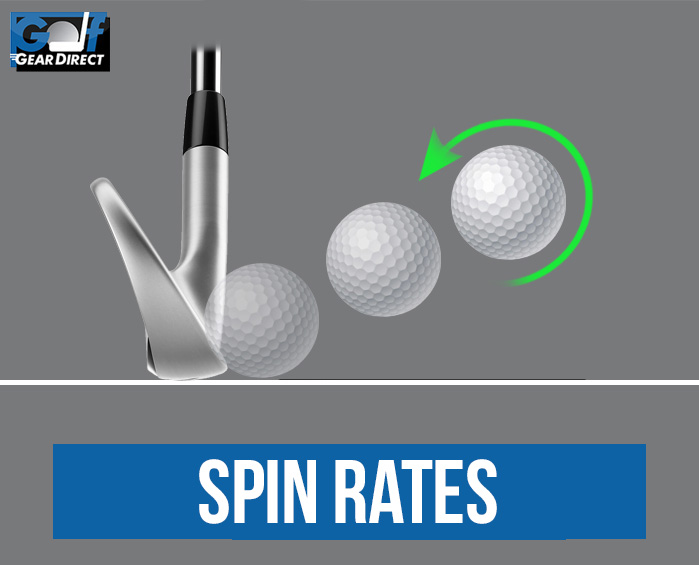We've all read the golfing terms being banded about online, so now it's your chance to read what they all actually mean and more importantly, what they may mean to your game. Golf Terminology is a science! But you don't need to be a scientist to understand them. Here we break down the all too confusing golf terminology into plain English!
Moment of Inertia (MOI) is a critical concept in golf club design and physics that measures an object's resistance to changes in its rotational motion. In the context of golf clubs, MOI refers to a clubhead's resistance to twisting when it strikes the golf ball off-center.
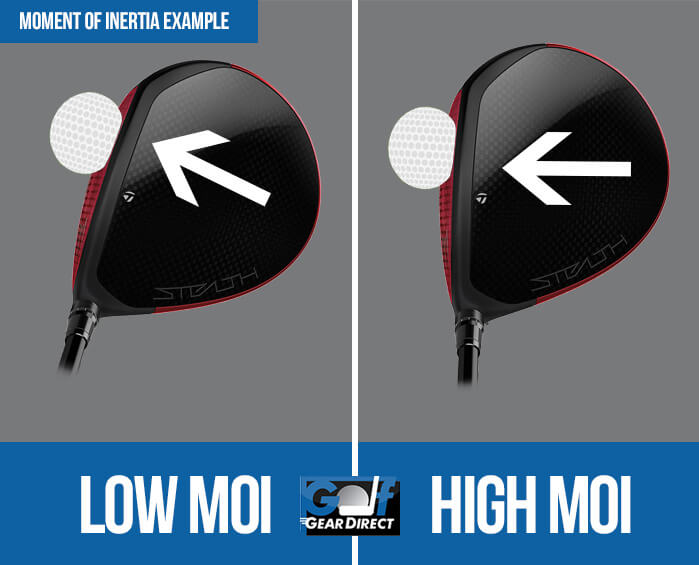
When it comes to golf clubs, one term you may frequently encounter is "draw bias." This term is often associated with drivers, fairway woods, and hybrids, and it plays a crucial role in influencing a golfer's shot shape and ball flight. In this guide, we'll delve into what draw bias means and how it can impact your golf game.
Draw bias refers to a deliberate design feature in golf clubs that promotes a right-to-left (for right-handed golfers) or left-to-right (for left-handed golfers) ball flight. In essence, it helps golfers counteract a slice, which is a common problem among players. A slice occurs when the golf ball curves excessively from left to right (for right-handed golfers) or vice versa due to a golfer's swing characteristics.
In summary, draw bias in golf clubs is a deliberate design feature that encourages a right-to-left ball flight (for right handed golfers...the opposite is the case for left handed players of course!) to counteract slicing. Golfers struggling with a slice can benefit from using draw-biased clubs, as they promote straighter and more controlled shots. However, it's essential to consider your swing tendencies and ball flight patterns to determine if draw bias is the right choice for your game.
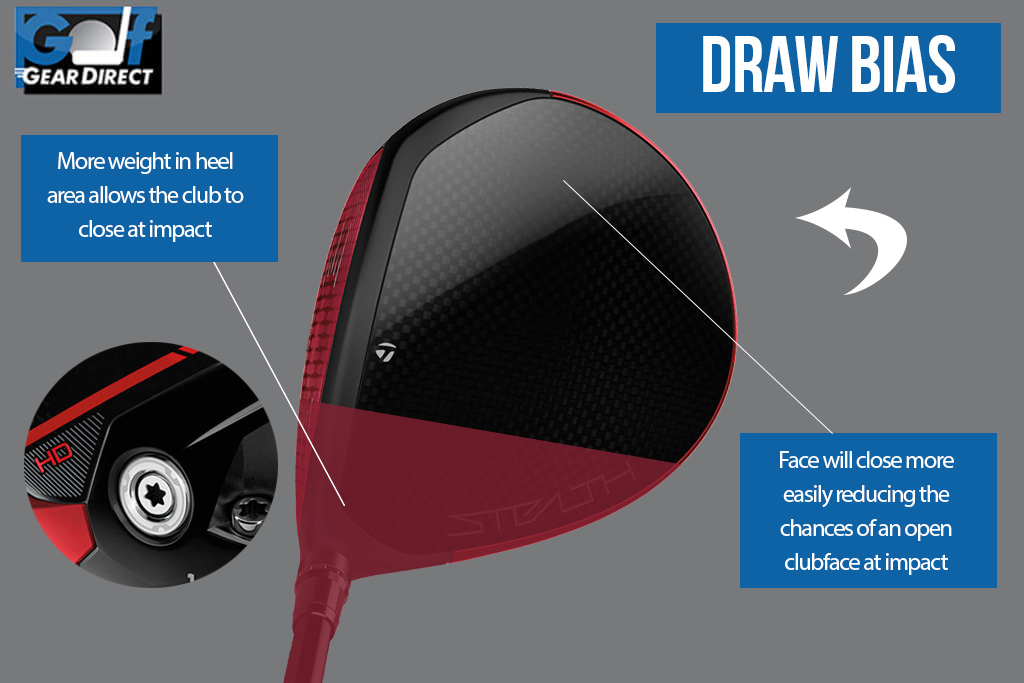
The Center of Gravity (CG) in a golf club refers to the specific point within the clubhead where the majority of its weight is concentrated. It's a crucial factor in club design and performance, as it can significantly influence how a club interacts with the golf ball and how it feels to the golfer.
In summary, the Center of Gravity (CG) in a golf club is a critical design element that affects the club's ball flight characteristics, forgiveness, and overall performance. Understanding the CG and its relationship to your swing can help you select clubs that suit your game and improve your performance on the golf course.
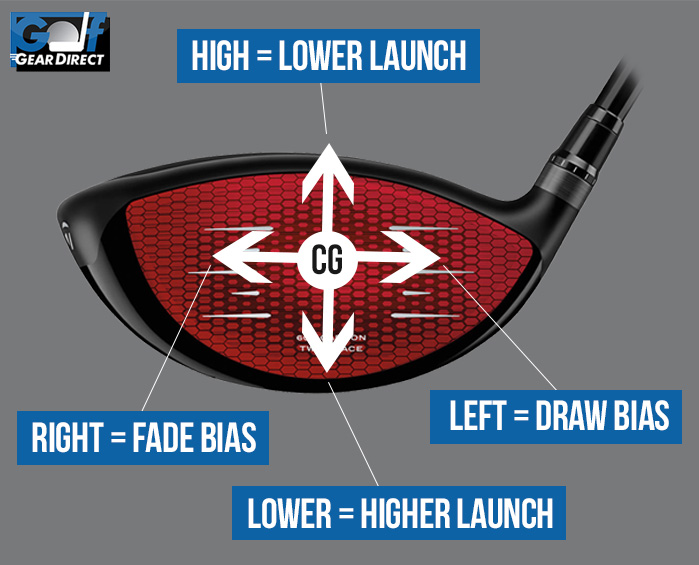
"Forged" describes a specific manufacturing process used in the production of the clubhead. Forged clubs are typically associated with irons, wedges, and occasionally putters. Here's what "forged" means in the context of golf clubs:
It's important to note that forged clubs are often associated with players' clubs, such as muscle-back blades for irons, which require a high level of skill to use effectively. Game-improvement irons, on the other hand, are usually cast, a different manufacturing process that offers forgiveness and distance at the expense of the "buttery" feel of forged clubs.Golfers should choose between forged and cast clubs based on their skill level, preferences, and playing style.
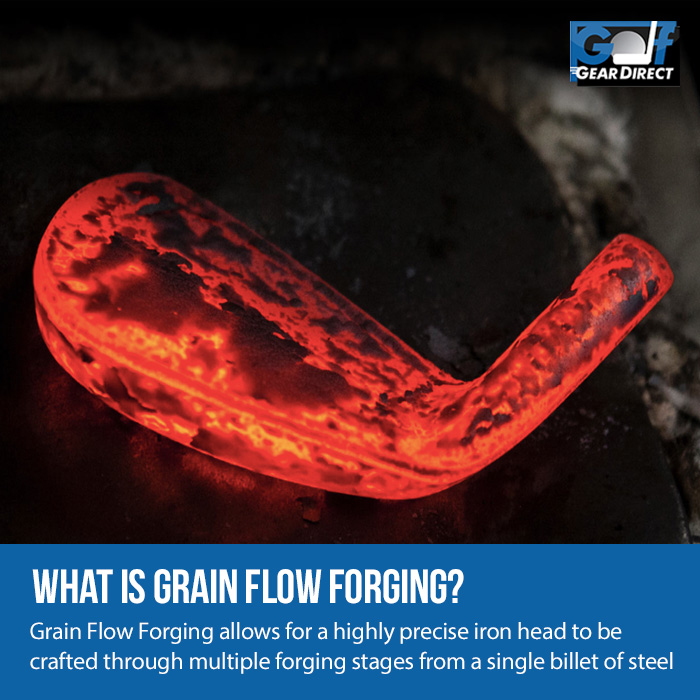
Cast describes a specific manufacturing process used in the production of the clubhead. Cast clubs are commonly associated with a wide range of golf clubs, including irons, drivers, fairway woods, and hybrids. Here's what "cast" means in the context of golf clubs:
While cast clubs may not provide the same "buttery" feel at impact as forged clubs, they are a popular choice among golfers, especially those who prioritise forgiveness and distance. The choice between cast and forged clubs often depends on a golfer's skill level, preferences, and performance needs.

Launch Angle refers to the angle at which the golf ball leaves the clubface and begins its trajectory into the air after being struck by the golfer. Launch angle is a critical factor that influences the ball's flight and its overall performance. Here's a detailed explanation of launch angle in golf:
In summary, Moment of Inertia (MOI) in golf clubs is a measure of a clubhead's resistance to twisting during off-center hits. Higher MOI values result in more forgiving and consistent performance, which can benefit golfers of all skill levels by helping them hit straighter and longer shots even when their ball strikes are not perfect.
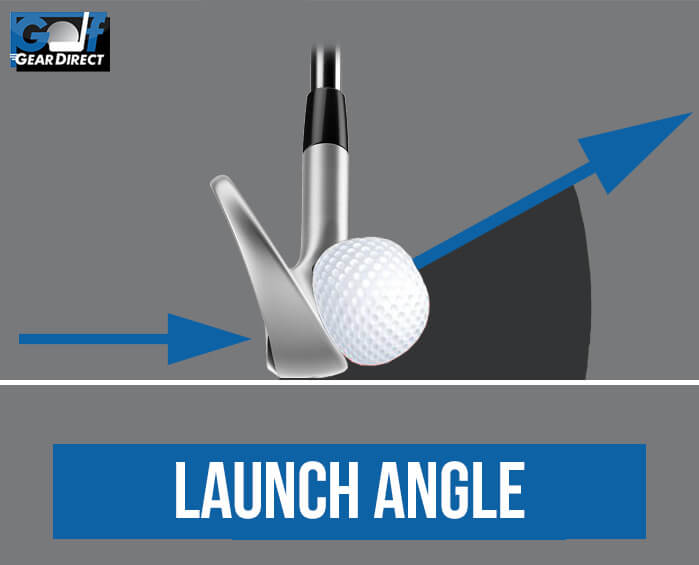
"Trajectory" refers to the path or flight pattern that the golf ball takes through the air after being struck by the golfer. Trajectory is a critical aspect of golf shots, as it directly affects the distance, accuracy, and control of the ball's flight. Here's a more detailed explanation of trajectory in the context of golf:
In summary, trajectory refers to the flight path of the golf ball as it travels through the air. Golfers can adjust and control trajectory by varying launch angle, clubhead speed, loft, angle of attack, and spin rate to optimise distance, accuracy, and shot outcomes on the golf course.
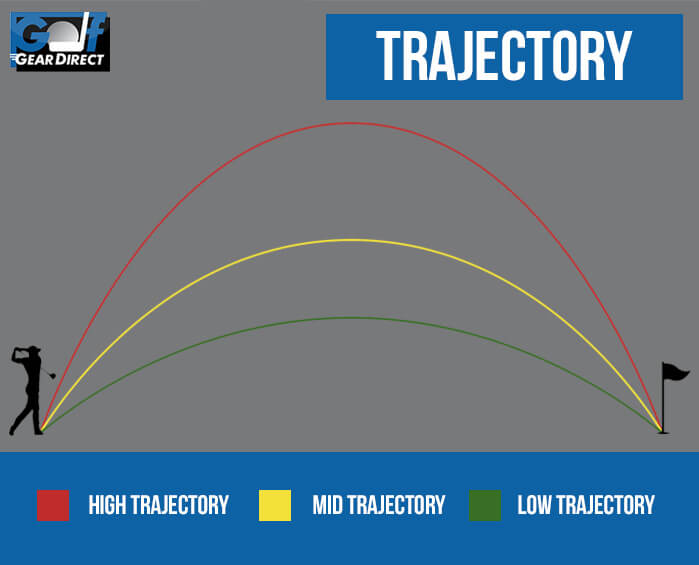
Spin rate refers to the amount of backspin or topspin that a golf ball has when it is in flight. Spin rate is a crucial factor that directly affects a golf ball's trajectory, distance, and control. Understanding spin rate is essential for golfers, as it allows them to optimize their shots for various situations on the course. Here's a more detailed explanation of spin rate in the context of golf:
In summary, spin rate refers to the amount of backspin or topspin on a golf ball during flight. Golfers can adjust spin rate to optimise distance, trajectory, and control based on the specific demands of each shot and the conditions on the golf course.
